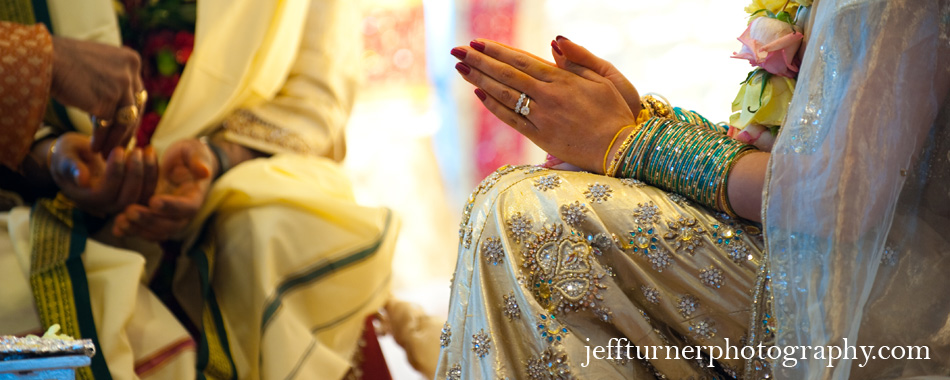
I grew up just outside of Davis Square in Somerville, MA. I lived in a mint green house on Chandler Street. We had a small fenced in back yard and my neighbor’s house was a good 20 feet away from ours. We lived there because my dad was the pastor of the West Somerville Church of the Nazarene, a small protestant congregation which occupied (and still does) a rather humble brick church on the corners of Russell and Elm in Davis Square. Our mint green house was the parsonage.
What made our church unique was its congregation. Although the average attendance was only around 75 at its peak, those 75 people usually represented anywhere from 15 to 20 different nations. Being white, I was the minority. My best friend was Cape Verdean. Many other friends were Vietnamese. A few others were Haitian. My god-mother, whom we met at this church, is Jamaican. It was the definition of a melting pot. When "multi-cultural" became the buzz back in the late ‘80s, newspapers and such came to our church to see what was happening.
Maybe it was the congregation itself. Maybe it was the missionaries that frequently shared about places and people they met all over the world. Whatever the catalyst, I’ve always been interested in other cultures. Whenever I have the opportunity to interact with people from another culture, I always walk away with new insights and a better appreciation for how diverse our world really is.
George and I have had the opportunity to shoot a couple of Hindu weddings. The most recent one was last month in Cambridge. For privacy reasons, the couple we worked with wishes to remain anonymous. Since I won’t be discussing specifics of our experience on the wedding day, I felt this would be the perfect opportunity for you (and I) to learn a bit more about specific Hindu ceremonies. Although traditions vary from region to region in India, the ones below are a sampling of what was celebrated at the wedding we photographed.
_______
Kanya Daanum
The parents of the bride wash the bridegroom’s feet and offer their daughters hand in marriage. At this time the bride’s parents give her away with the blessings of the ancestors. They request that the groom care for their daughter and lead the path of love, devotion, sincerity, honesty, respect and affection towards each other’s family. It is noted in Hindu scripture that there is no greater gift than Kanya Daanum.
Sumuhurtam (2:07 p.m.)
At the set auspicious time, a paste made of cumin seeds and brown sugar is held by the bride and bridegroom on each other’s heads while a cloth screen is still in place. The screen between them is removed and they look at each other for the first time during the ceremony. The paste signifies a harmonious marital union through sweet and bitter times.
Mangalya Dharana
Mangalya is an auspicious thread with a gold coin, symbolic of marriage. The bridegroom ties this around the neck of the bride with three knots. The three knots represent the trimurthis of the Holy Trinity – Brahma the creator, Vishnu the maintainer and Shiva the destroyer.
Thalambralu
The bride and groom shower each other with holy rice and exchange flower garlands, symbolizing a happy, prosperous, and peaceful married life, free of impediments.
Panigrahanam and Saptapadi
The bride and groom take seven steps around the sacred fire. With each step the couple takes a vow:
1. We shall both live happily together with mutual understanding, support and trust
2. I regard your happiness, sorrow and difficulties as my own and will always be understanding
3. We will try to live a life as one soul and be one being
4. May God grant us health, wealth and happiness
5. May God help us perform our duties in society
6. I ask you to be my beloved wife/husband, to be my partner and pray for a healthy family
7. May we pass through all of the stages of life in harmony
Mahadh Aasirvachana
The priest blesses the couple and their parents together and the elders present at the marriage congregation bless the couple by showering them with turmeric rice.
________
What struck me most about this particular ceremony was the involvement of the entire family (mom, dad, siblings, aunts, uncles, grandparents, etc.) in the ceremony. The importance of family seems to be lost in many other traditions. It was refreshing.
Hindu weddings have so many colorful details. The images below are just a small taste of the many details we encountered.
We appreciate the bride and groom’s willingness to allow us to document their many wonderful traditions. We hope the future holds opportunities for us to experience even more cultures in our work.
VENDORS:
Venue: Cambridge Hyatt – Cambridge, MA
DJ: Tarang, DJ OM – Boston, MA
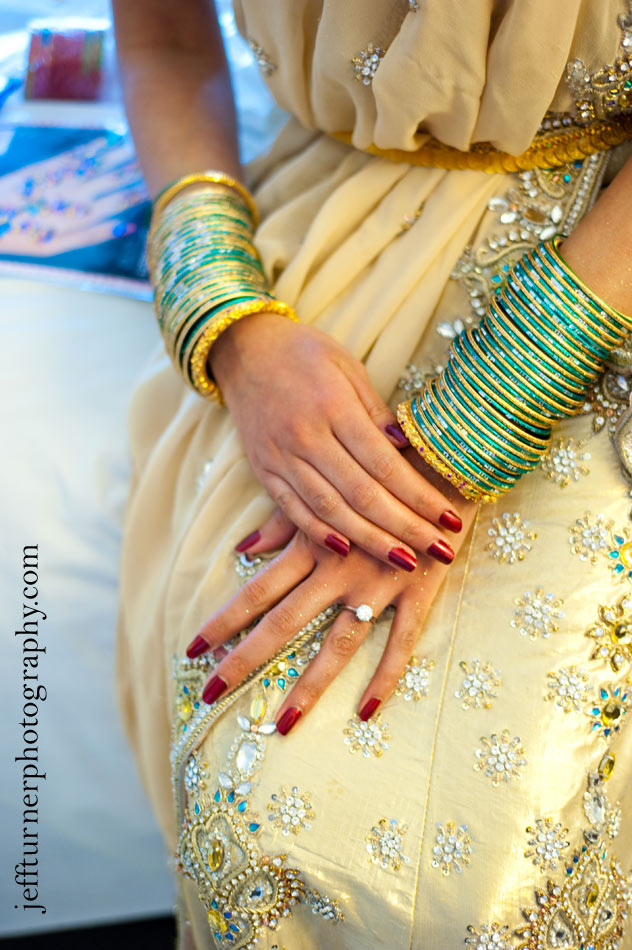
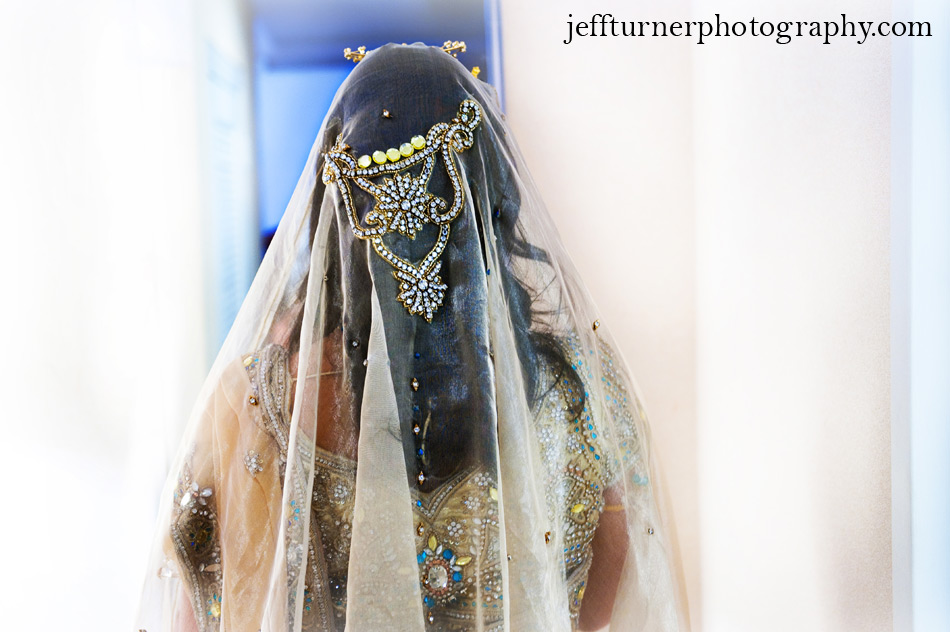
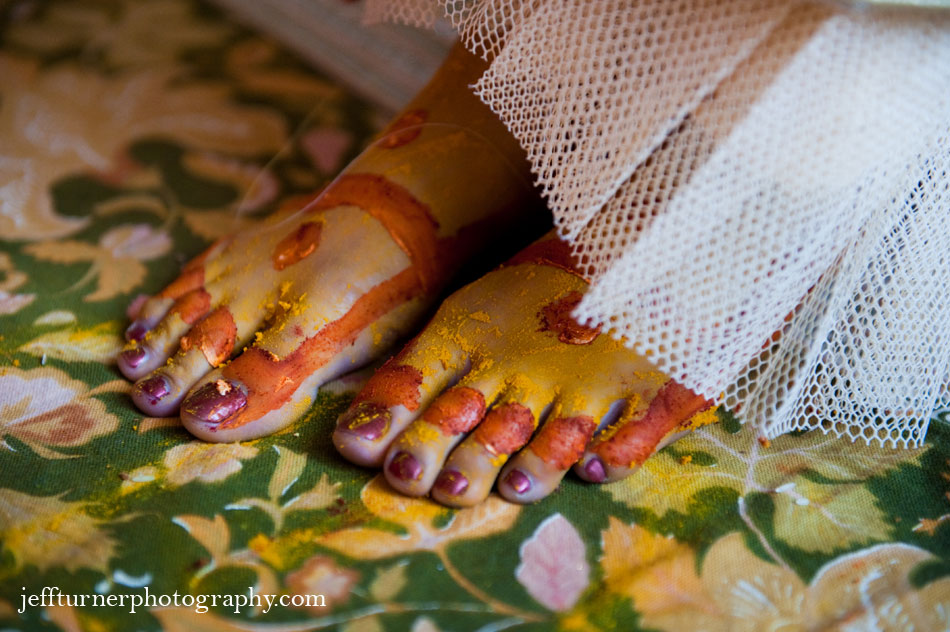
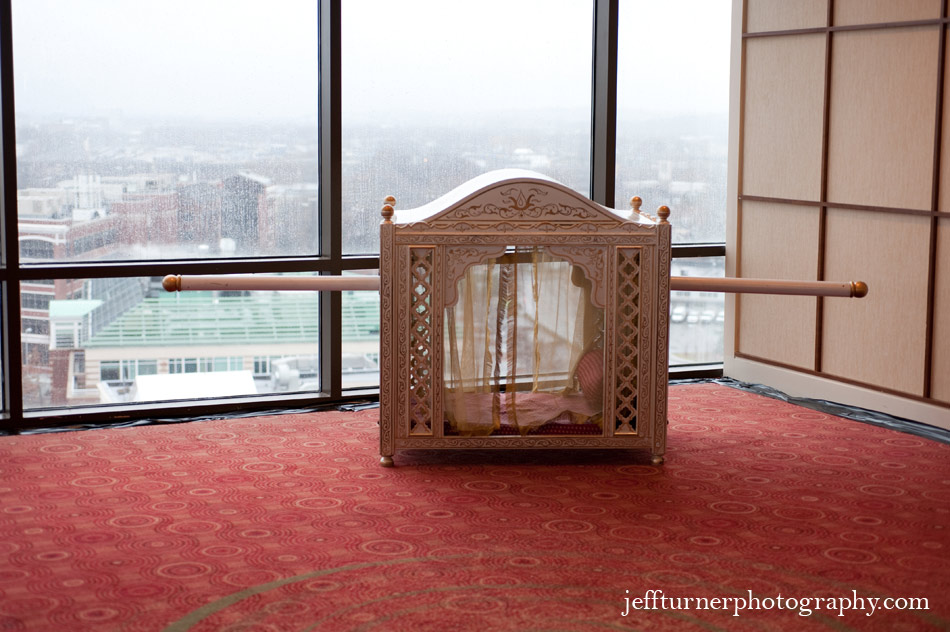
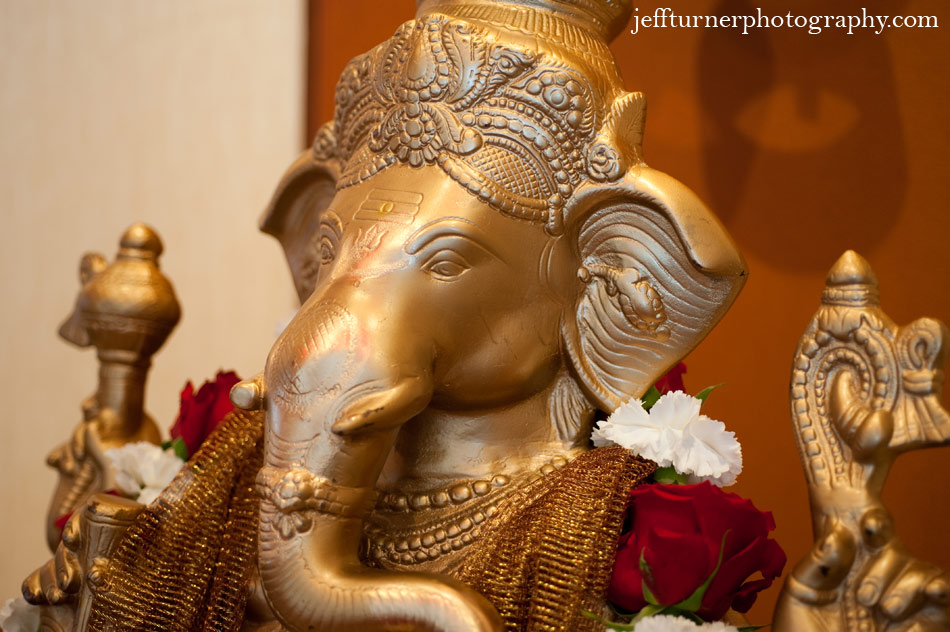
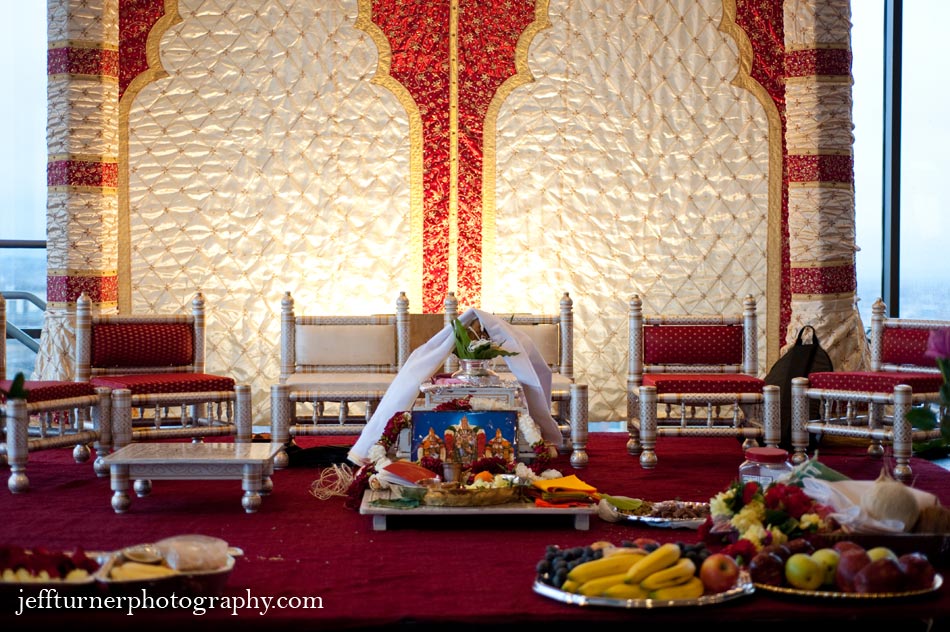
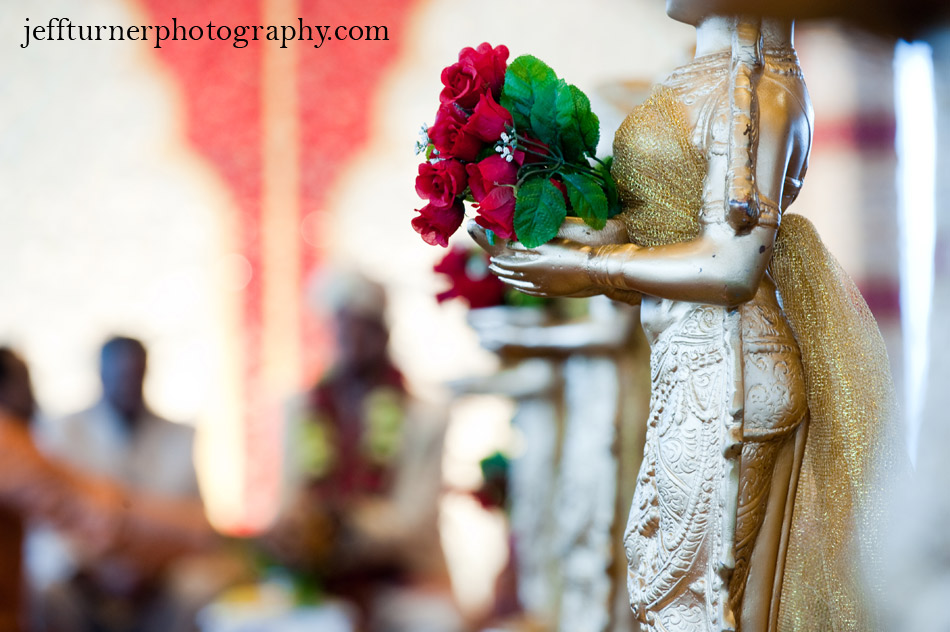
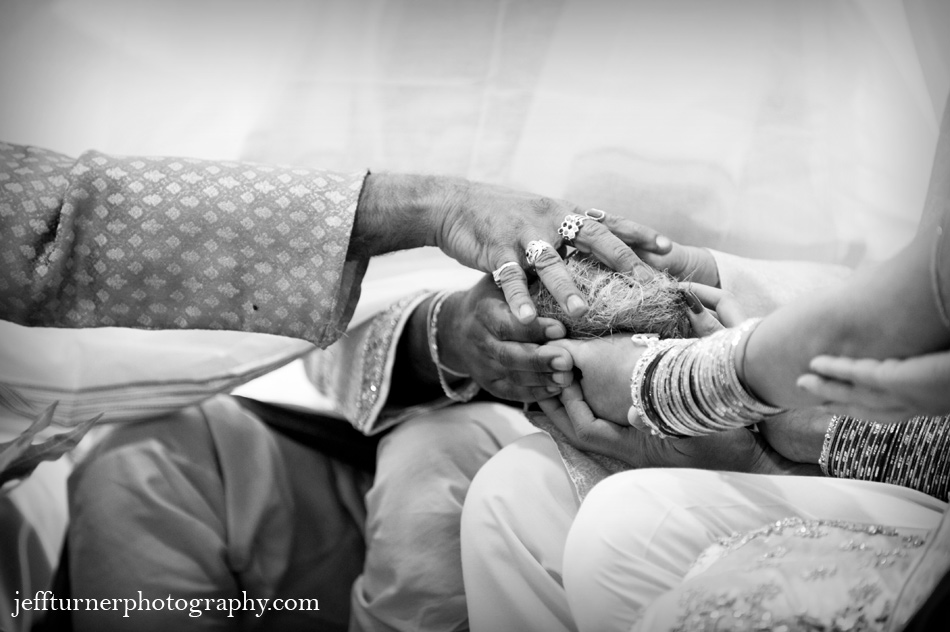
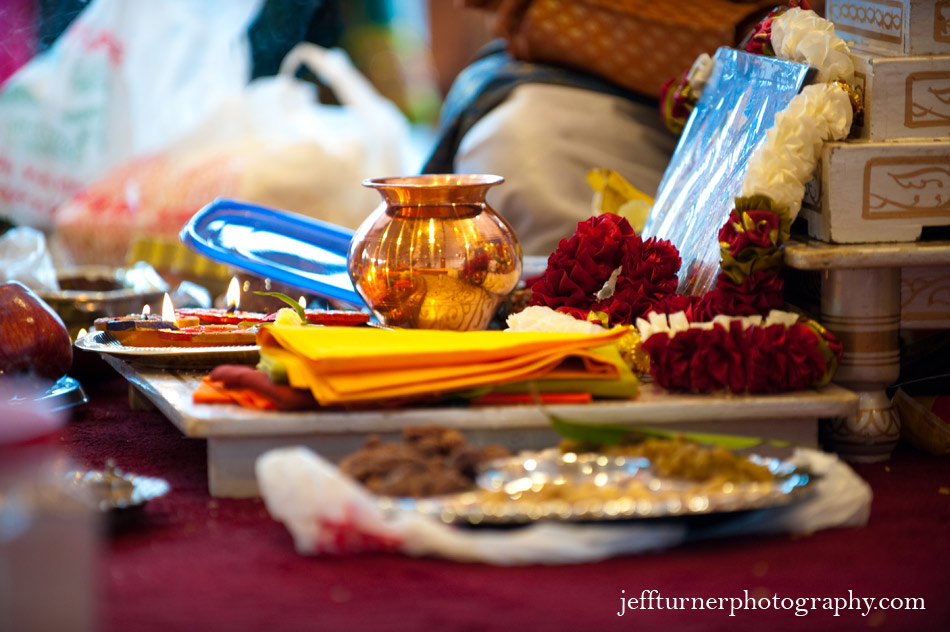
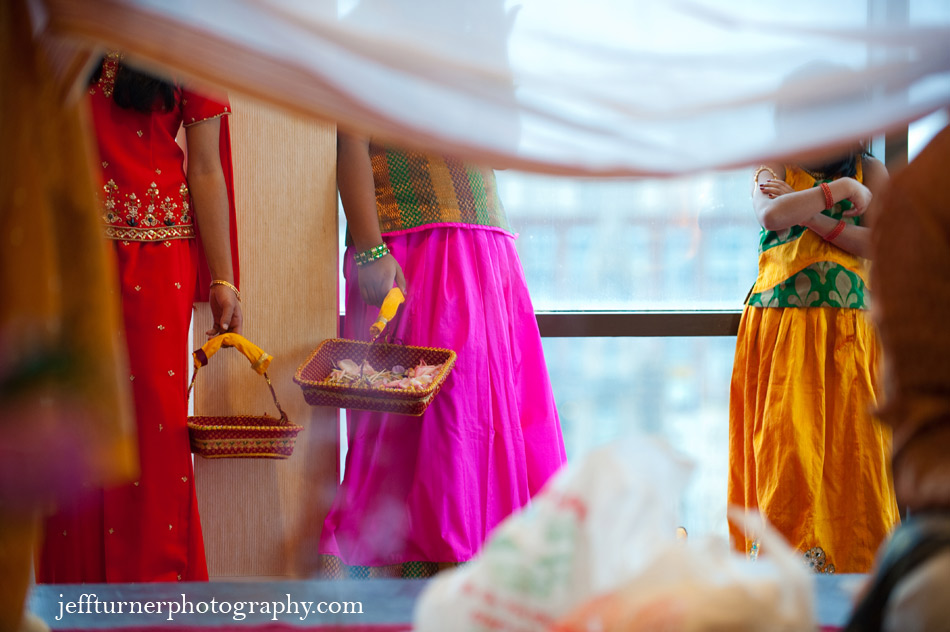
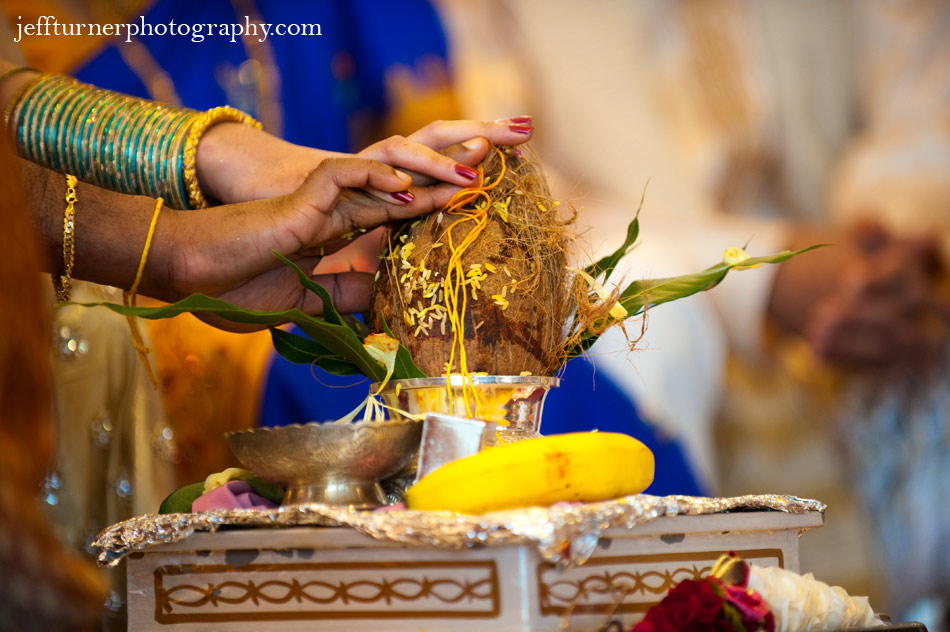
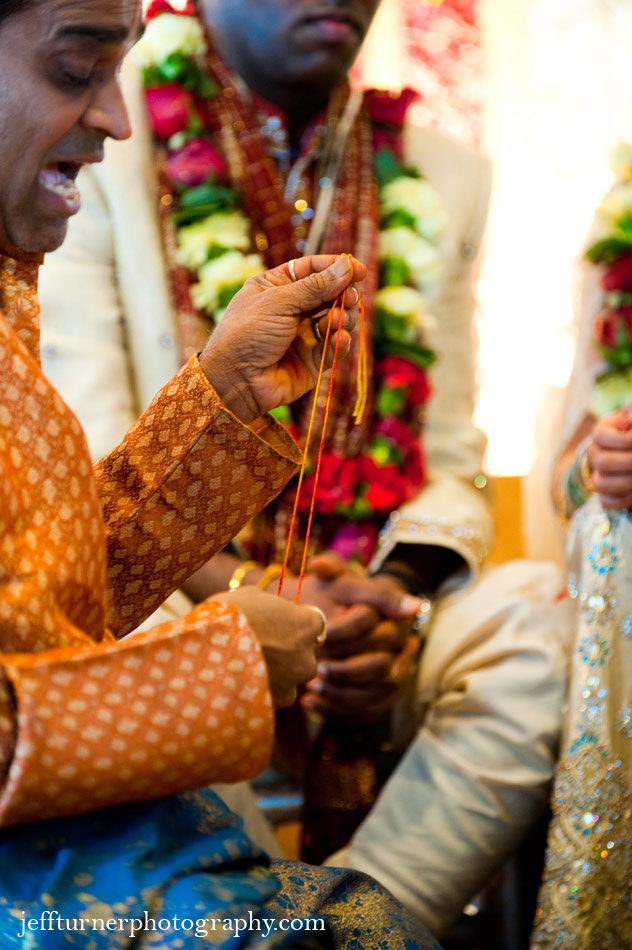
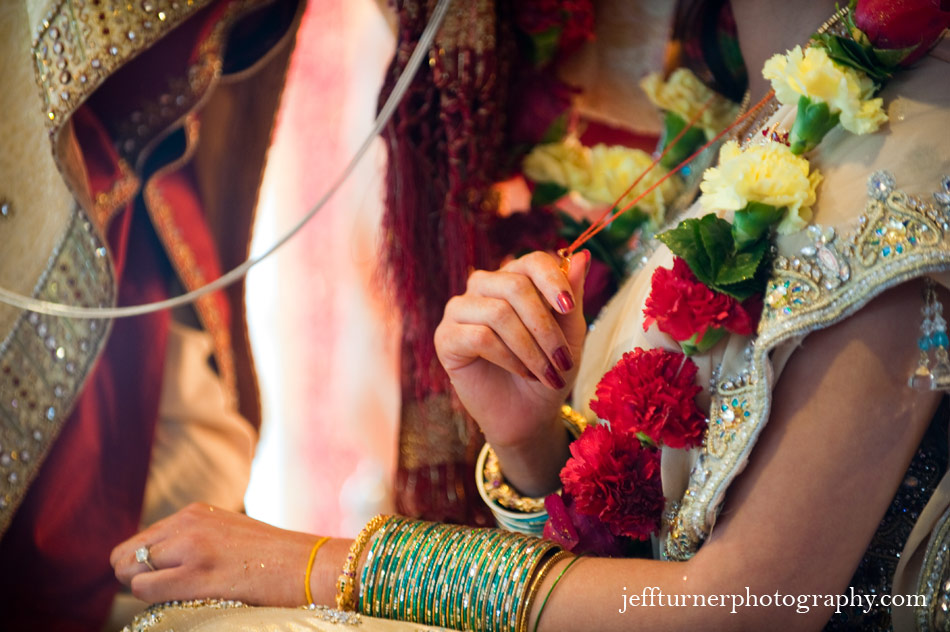
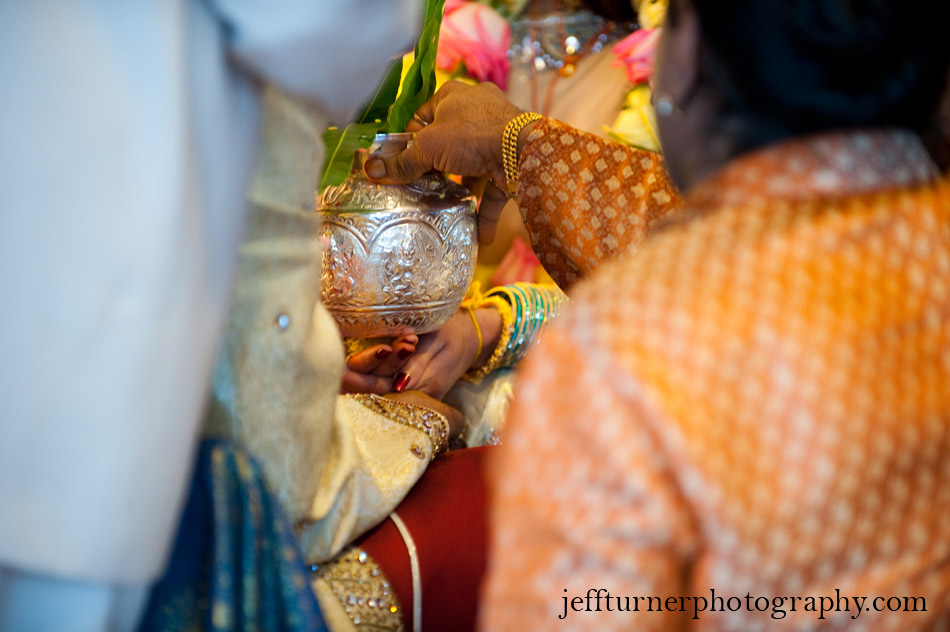
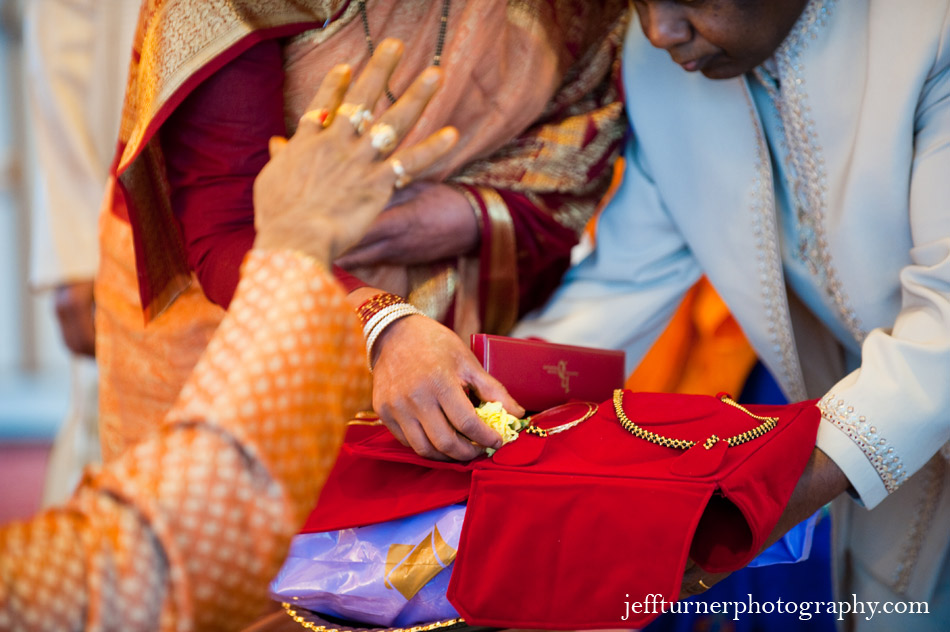
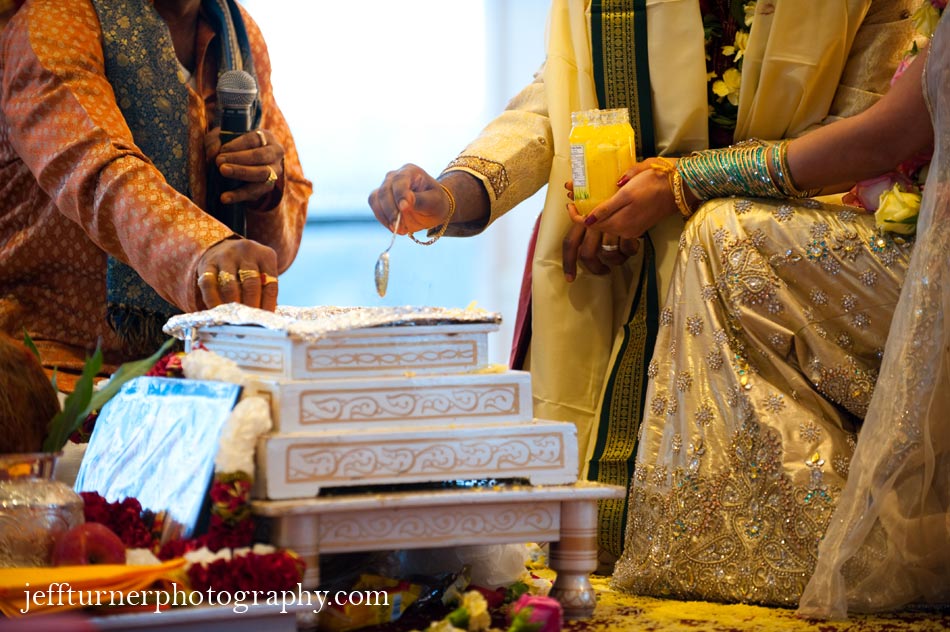
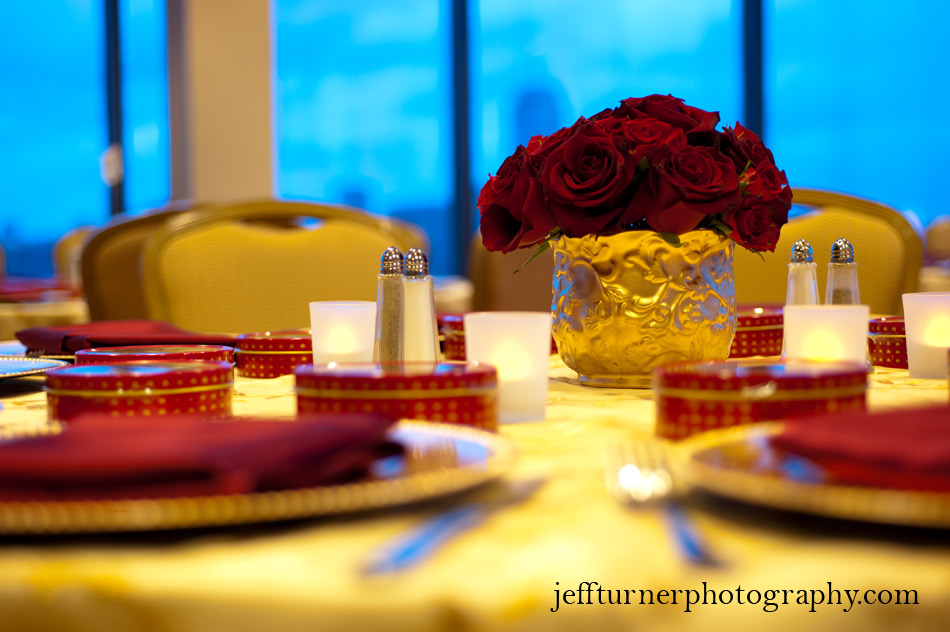
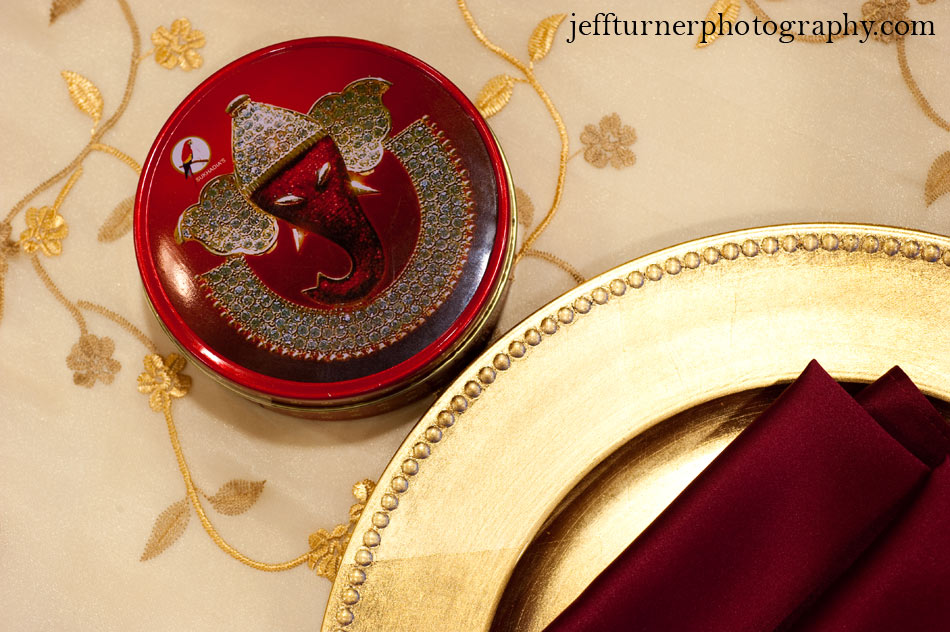
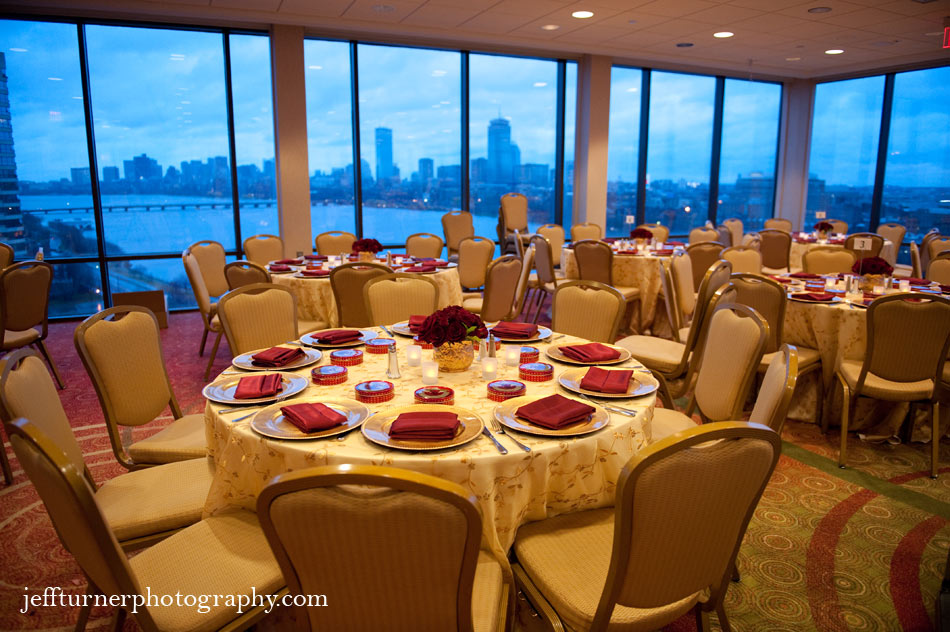
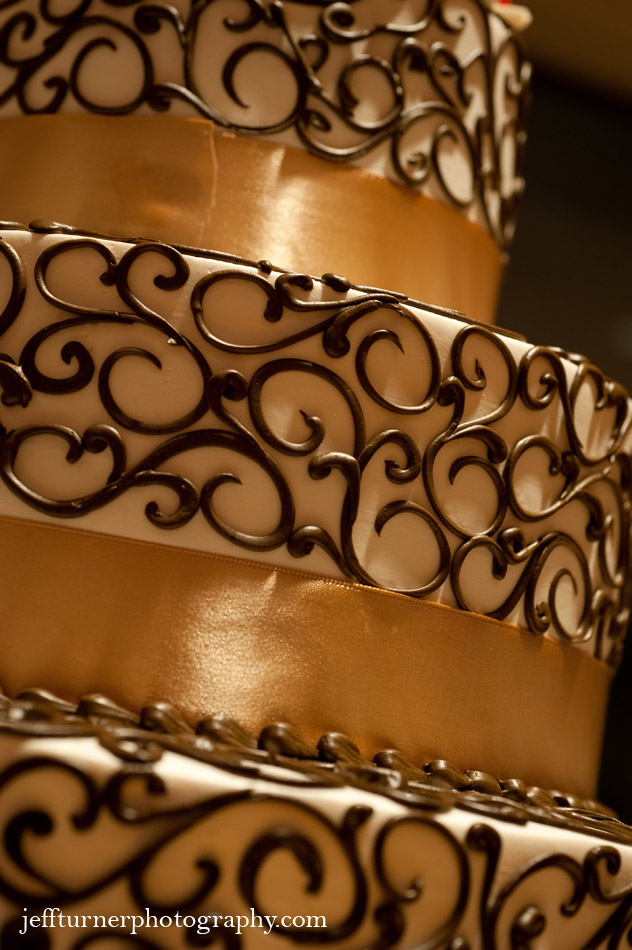
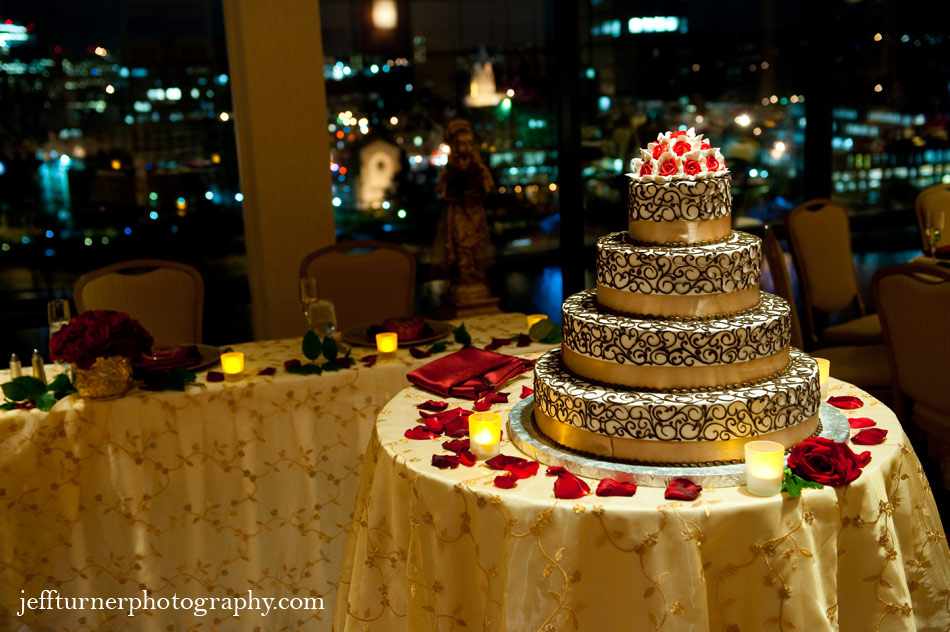
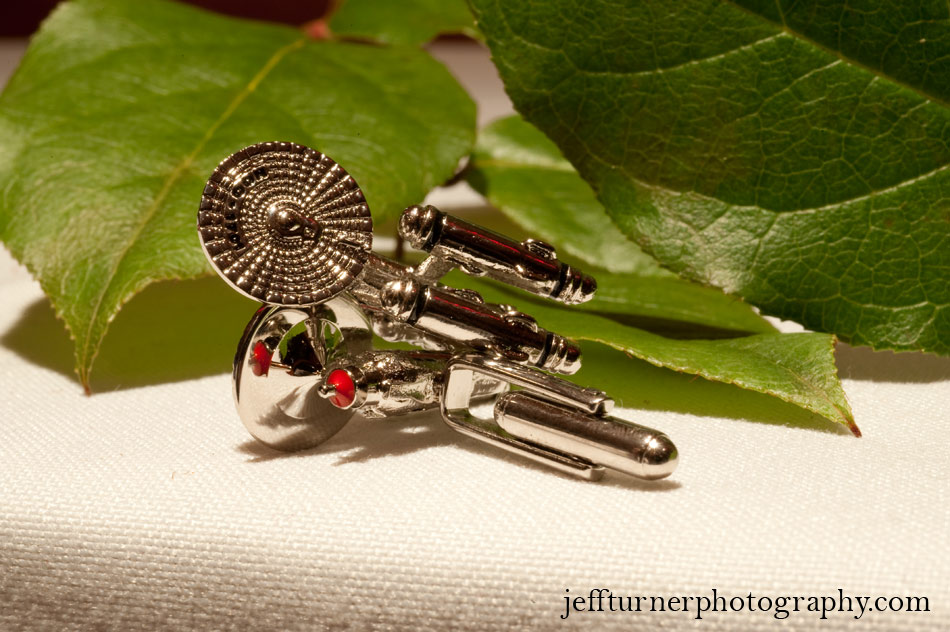
{jomcomment}

no comments